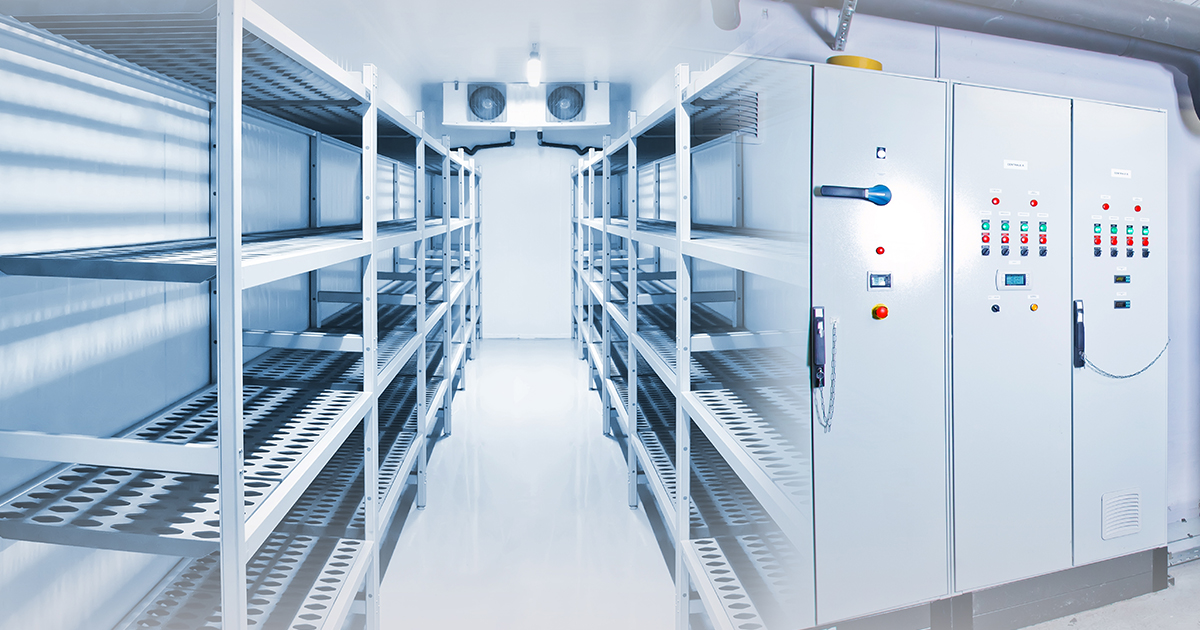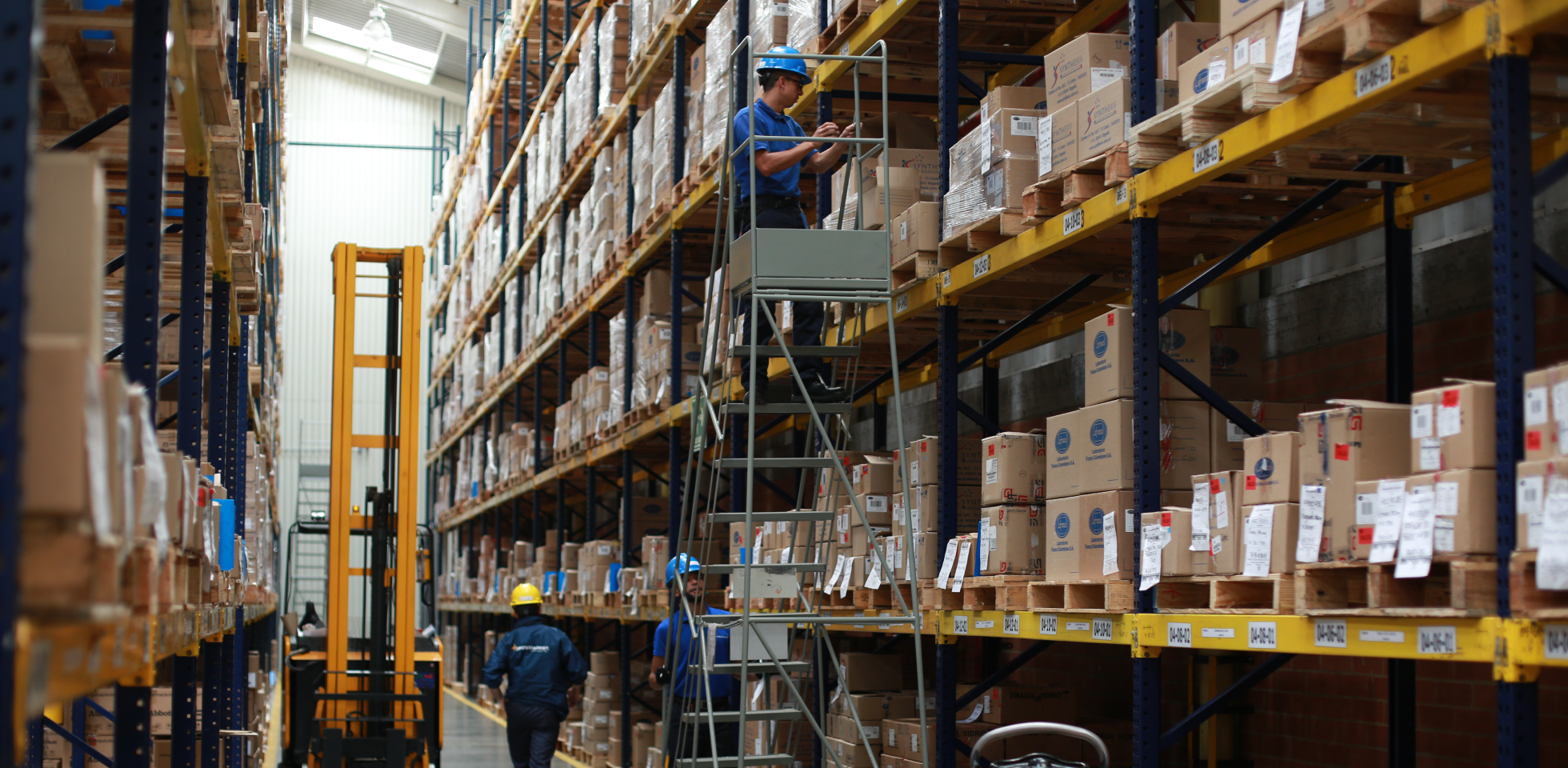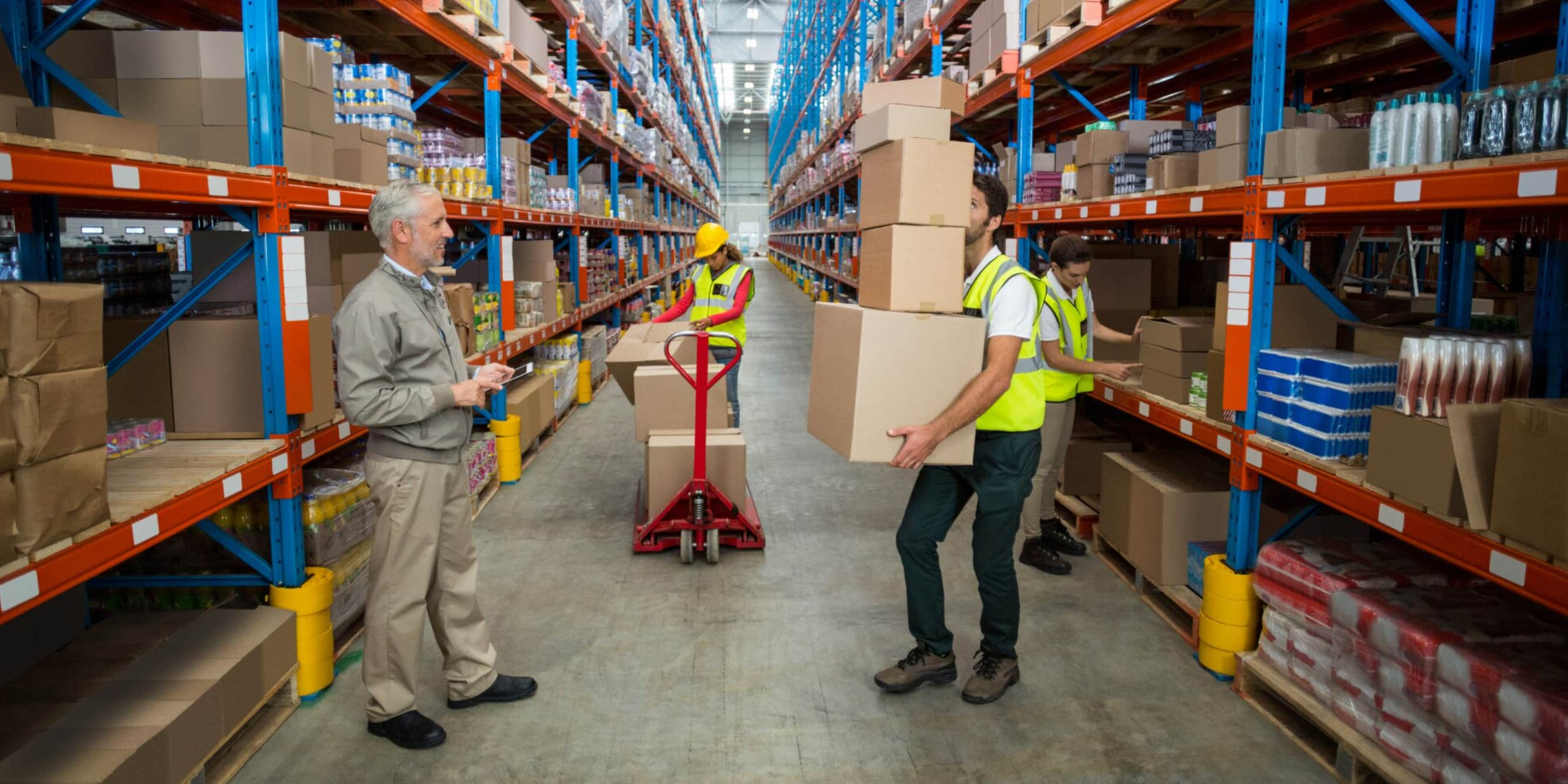Cold chains are essential for distributing perishables. They aim to extend the life of products while preserving their properties; especially when it comes to food and vaccines, which become less effective and can be affected by variations in temperature when cold chains break down.
Cold Chains for Vaccines
We must keep vaccines under certain conditions to maintain their properties. Most should be kept in temperatures ranging from 2ºC to 8ºC from the moment they are manufactured until they are used on patients.
We must set up the storage refrigeration systems according to the type and volume of vaccines we need to store, the time they must spend on the same location, and the sites they must be delivered to. The Panamerican Health Organization defines three distribution levels:
- Regional, Central, or National Distribution Center: nationwide operations; they must have equipment with ample capacity to keep temperatures for long periods (six to eighteen months).
- Regional or District Warehouses: they cover territories such as states, provinces, or counties. Equipment depends on the population they serve and the volume of vaccines to store for limited periods (three to six months).
- Local Warehouses: they cover vaccination sites, health centers, ambulances, local hospitals, and clinics. They keep vaccines for short periods (one to three months).
The relevance of cold chains in vaccination efforts lies on ensuring continuity since any break down in operations can seriously endanger the quality of biological products. Therefore, special materials and equipment is needed to ensure an adequate operation throughout the supply chain.
We must know the volume of vaccines to store to determine the size of the refrigeration equipment. There are two types:
- One dose: they come in a self-destructive pre-filled device that provides increased security since the vaccine and the syringe are integrated. Using one dose vaccines simplifies cold transportation and lowers waste by 5% but increases the number of equipment needed to monitor the temperature and increases the need for storage space.
- Multiple doses: they come in glass vials in different sizes and hold two, five, ten, or even twenty doses. These are more convenient for cheap vaccines in places with limited cold storage space.
Preserving the Vaccines
Every biological product loses effectiveness as time goes by until it reaches its expiration date, which is calculated assuming it will be stored at the right temperature range.
We must keep a record of the storage and transportation temperatures biological products have been handled in so we can properly control their condition. To do this, we must consider the following:
- Thermal Stability: The most thermolabile vaccines, those that fare worse in high temperatures, must be placed in the coldest areas. Vaccines that are stable when facing temperature changes should be stored in the less cold areas. They must never be placed in refrigerator doors.
- Accessibility: We must place a map outside the warehouse showing the location of the vaccines. We should place the most used vaccines in easy-to-access areas so we can avoid opening doors frequently.
- Expiration Date: If we store lots with different expiration dates, those closer to expiration must be the first to exit.
Equipment used in the cold chain to maintain temperature depends on the storage volume and consist of chambers, refrigerators, freezers, and thermal boxes.
Refrigeration and Freezing Chambers
We use them to store great volumes. They are designed to maintain temperatures within a +/- 3ºC range.
They may have an antechamber, which is an area to record control, reception, and distribution of goods. Having an antechamber depends on the workflow and the difference between the chamber’s temperature and the exterior temperature.
Refrigeration and freezing chambers demand safety strategies to guarantee the operation of the equipment and the safety of biological products and users. For example:
- Visual and Audio Alarm to warn when the temperature reaches a limit, when lights are on, or when any kind of deviation is happening.
- Double Refrigeration System (refrigeration, condenser, evaporator, compressor, or diffusor) that works in an alternate manner so when one unit breaks down the operation does not grind to a halt.
- Electricity Emergency System or Plant linked to the lighting and refrigeration systems to guarantee operations for at least 12 hours.
- Electricity Supply Regulation System to suppress variations in voltage.
- Access Door with an emergency system that allows opening the door from inside the chamber.
- Cold Light (fluorescent, LED) to avoid having a heat source inside the chamber.
- Measurement, Monitoring, and Recording Devices.
- Double Temperature Measurement System, one depending on the electricity grid and another running on batteries.
- Double Logging of Measurements, one in digital form and another in writing.
Refrigerators and Freezers
We use these units to store average volumes of vaccines in jurisdiction levels or medical units. If they maintain storage temperatures in the range of 2ºC to 10ºC, we call them refrigerators. If they keep temperatures below 0ºC, we call them freezers. There are hybrid systems containing both types.
We recommend setting them up in a fresh, well ventilated area, in the shadow, and away from heat sources; keep them 15 cm from walls and at least 45 cm from roofs on a horizontal surface. There are several types:
- Compression: Used to store vaccines at the operation units with permanent power supply.
- Photovoltaic or Solar Energy: used to store vaccines in remote areas where common energy sources are hard to find.
- Absorption: Used in regions with no electricity. They need liquid fuel such as kerosene, or gas fuel such as propane or butane gas.
- Ice Walls: They demand a minimum of eight hours of power. They consist of iced water packs or pipes around the cabinet walls. They store vaccines at 8ºC up to 48 hours.
- Thermal Boxes or Refrigerated Thermoses: Used for small volumes. They consist of polystyrene or polyurethane isolating walls. The boxes have an isolating structure and can accommodate cold packs around the vaccines. Used to carry out vaccinations indoors and outdoors.
All the refrigeration units (cold chambers or refrigerators) must have graphic displays showing the date and time the temperature was recorded, emergency directory, and a space for observations. We suggest filling out this format at least every twelve hours.
We guarantee the quality of the cold chain only if we record and monitor the storage temperature consistently. Thermographs are controls that allow us to record temperature continuously. Meanwhile, data loggers are devices that monitor temperatures of vaccines during transportation. They read several types of electric signals and record the data in their internal memory units so we can later download the information to a desktop. They also let us export data to a spreadsheet so we can graph it.
We also need to provide constant and preventive maintenance to refrigeration units so we can prevent break downs and have backup systems to avoid interruptions in the cold supply chain.
If we do not keep vaccines at the temperature specified by the manufacturer, we risk delivering ineffectual vaccines with inactive ingredients and, therefore, the consequence is that the vaccine will not bring immunity to the patient.
Cold Chain for Food
We can opt keeping food in refrigerators at temperatures close to 4ºC or freeze them up to -18ºC. If the food is going to be ingested shortly after manufacturing or purchasing, we suggest keeping them in refrigerators but, if we want to keep them in good conditions for longer periods, we recommend freezing them.
By meeting the cold chain standards for food, we can:
- Slow down the reproduction of microorganisms that may cause diseases.
- Avoid decay.
- Preserve their organoleptic properties (flavor and aroma).
- Keep nutritional properties.
When we freeze food, we must keep the temperature stable throughout the whole logistics process:
- Manufacturing and Treatment: to conserve food during handling, we recommend transporting them in freezing or refrigerating chambers.
- Transportation: food must travel in specialized vehicles that meet the regulations. We must pay close attention during loading and unloading because their temperature may rise.
- Storage: we suggest storing them in chambers, tunnels, or fridges and placing them on adequate surfaces and control their temperature with sensors.
- Distribution: we must pay attention to temperature and inspect the points of sale to guarantee it.
Solistica’s Place in the Cold Chain
In Colombia, Solistica has one of the largest cold storage spaces in South America, dedicated to the refrigeration of hospital and pharmaceutical products. Likewise, it also offers capacities in the cold chain in Brazil.
Thanks to the company’s temperature monitoring and traceability systems, Solistica can guarantee keeping products as per the specifications of manufacturers, which lowers waste and ensures delivery in the best conditions.
A series of questions regarding logistics we pose to clients helps us determine the needs of the cold chain in terms of warehousing, transportation, and outfitting of each product according to type, requirements, protocols, and raw materials.
Solistica is close to opening an integrated logistics center for cold chain under the name MegaFreeze, it will offer warehousing, outfitting, and transportation services, all in the same place so that clients can have more control of their pharmaceutical products and expedite the flow of their operations while keeping the necessary humidity and temperature conditions.
MegaFreeze will surely be the perfect solution for urgent and vital deliveries. Thanks to its strategic location in Bogotá, it can access locations easily and help save lives.






